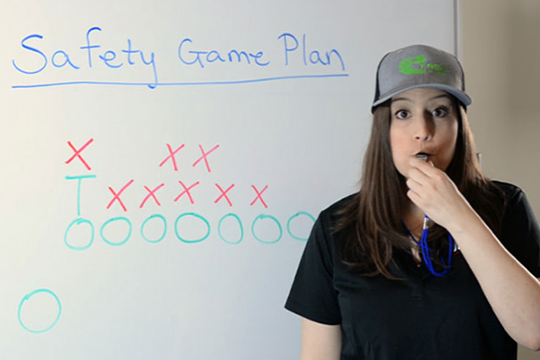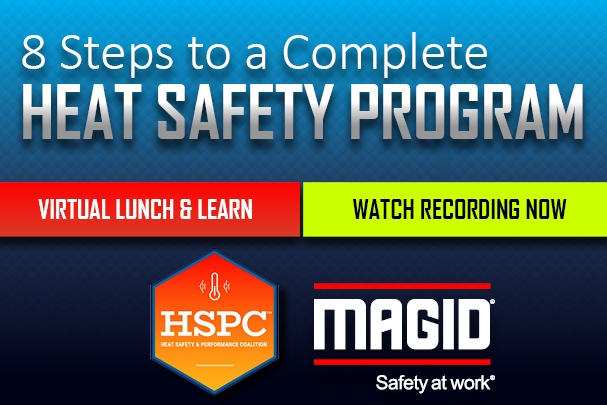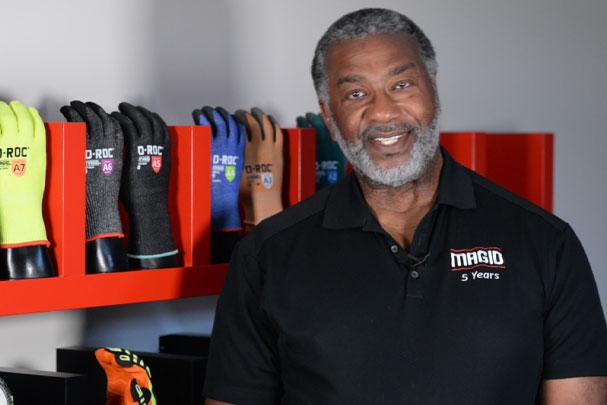
5 Tips for Better Safety Coaching
So much of being a safety manager is about teaching, coaching, and reminding. But it’s easy to lose track of good coaching practices as you get caught up in the day-to-day of finding the right PPE, dealing with workers compensation claims, fielding complaints, checking for compliance, and the million other things on your mind. Reviewing some coaching basics now and then is a good way to stay on your game. Here are five steps to good safety coaching!

Step 1: Train & Explain
Training tends to focus on what people should be doing. And while this is obviously important, don’t forget to explain why! Nobody likes to follow mindless orders, so giving workers good reasons for the rules makes them much more likely to follow them. It can also be helpful to explain the effects that accidents can have. Pointing out the personal and far-reaching costs of an eye injury or the ripple effect that a recordable can have on their team can get the buy-in you need for safety.

Step 2: Repeat, repeat, repeat!
Safety should never be a one-and-done. Longer training classes are a valuable resource, but quick reminders can reinforce learning and make it stick. You can do this through short online burst-training classes, written quizzes, or other types of electronic learning. Even friendly reminders as you walk the plant floor or job site can make a big difference. You can also reinforce safety training in toolbox-talks or fast huddles at the beginning of the workday.
Remember the rule — train, explain, and train again to make a real difference for safety.

Step 3: Empower
The “Git ‘er Done” mindset flourishes in an atmosphere where workers believe management values schedules and production above safety. It can be too easy to justify cutting corners if the alternative is getting in trouble for lack of productivity. Make sure every worker has the power to stop work if they see a safety problem. Let them know they can and should speak up if they see a cause for concern. This kind of empowerment not only increases safety, but it improves morale as workers know you trust their judgement and that their personal safety is your biggest concern.

Step 4: Observe & Give Feedback
Your everyday coaching is a good opportunity for correction and praise – and much of this kind of feedback is spontaneous. But remember that it can be just as important to do announced observances as well. If your worker knows that they’re about to be evaluated, they may review their safety rules and discover they haven’t been doing all they should, which is a valuable learning opportunity. But even more important, watching workers doing their job in what they believe is the safest way can give you crucial information about where they need more training.

Step 5: Delegate
It’s easy to take all the responsibility on your shoulders – after all, you are the safety manager! But the truth is, you can’t be everywhere all the time. The safest facility or job site is one that has reliable people who can act as your assistant safety coaches. This can take the form of mentors who are assigned to newer workers or even safety ambassadors who wear their PPE correctly and encourage others to do the same. You can also post safety reminders to promote safe practices like remembering PPE and wearing it correctly. Be sure to rotate your posters each month to keep workers noticing them.
However you choose to do it, be sure to give your industrial athletes the safety coaching in the workplace they need to stay safe. Because when it comes to protecting your people, every day is the big game!
DOWNLOAD FREE TRAINING SLIDE DECKS DOWNLOAD FREE SAFETY REMINDER POSTERS







